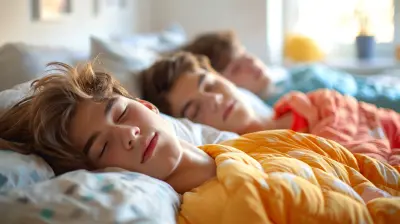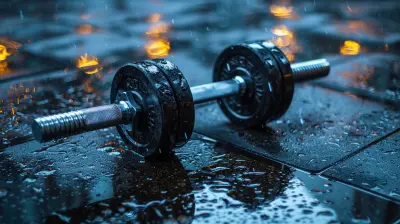Can Indoor Lighting Mimic Sun Damage? What You Should Know
9 September 2025
Let’s face it—we all love to bask in natural light. It brightens our homes, lifts our moods, and keeps us connected to the rhythms of nature. But what if the lights inside our homes and workplaces could be doing more than setting the ambiance? What if they were mimicking the harmful effects of the sun?
Sounds wild, right? But it's a question worth digging into: Can indoor lighting mimic sun damage? Buckle up, because the answer isn't a simple yes or no. The truth lies somewhere in between science, skin biology, and the type of lightbulbs glowing over your head.
Let’s shine a light on what’s really going on.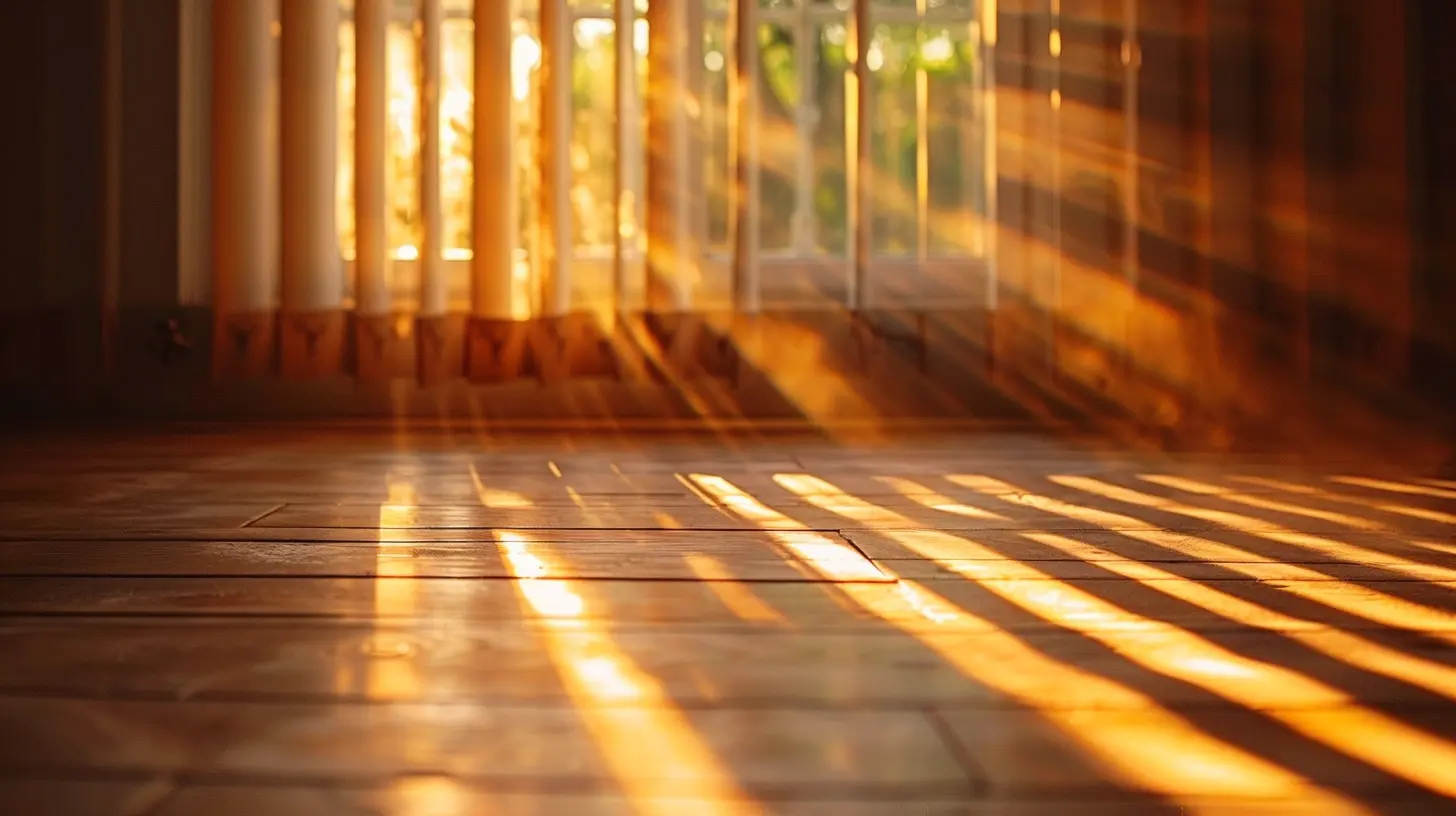
The Basics: What Is Sun Damage?
First, let’s get clear on what we mean by "sun damage." When you spend time in the sun—especially without sunscreen—your skin absorbs ultraviolet (UV) radiation. Overexposure to UV rays (specifically UVA and UVB) leads to what we call photoaging: think wrinkles, dark spots, loss of elasticity, and, in extreme cases, even skin cancer.So why is the sun so damaging?
Because UV rays penetrate deep into the skin and affect the DNA in your cells. Over time, this damage accumulates—kind of like rust forming on an old car. It doesn’t happen overnight, but it’s inevitable if you’re not protecting your skin properly.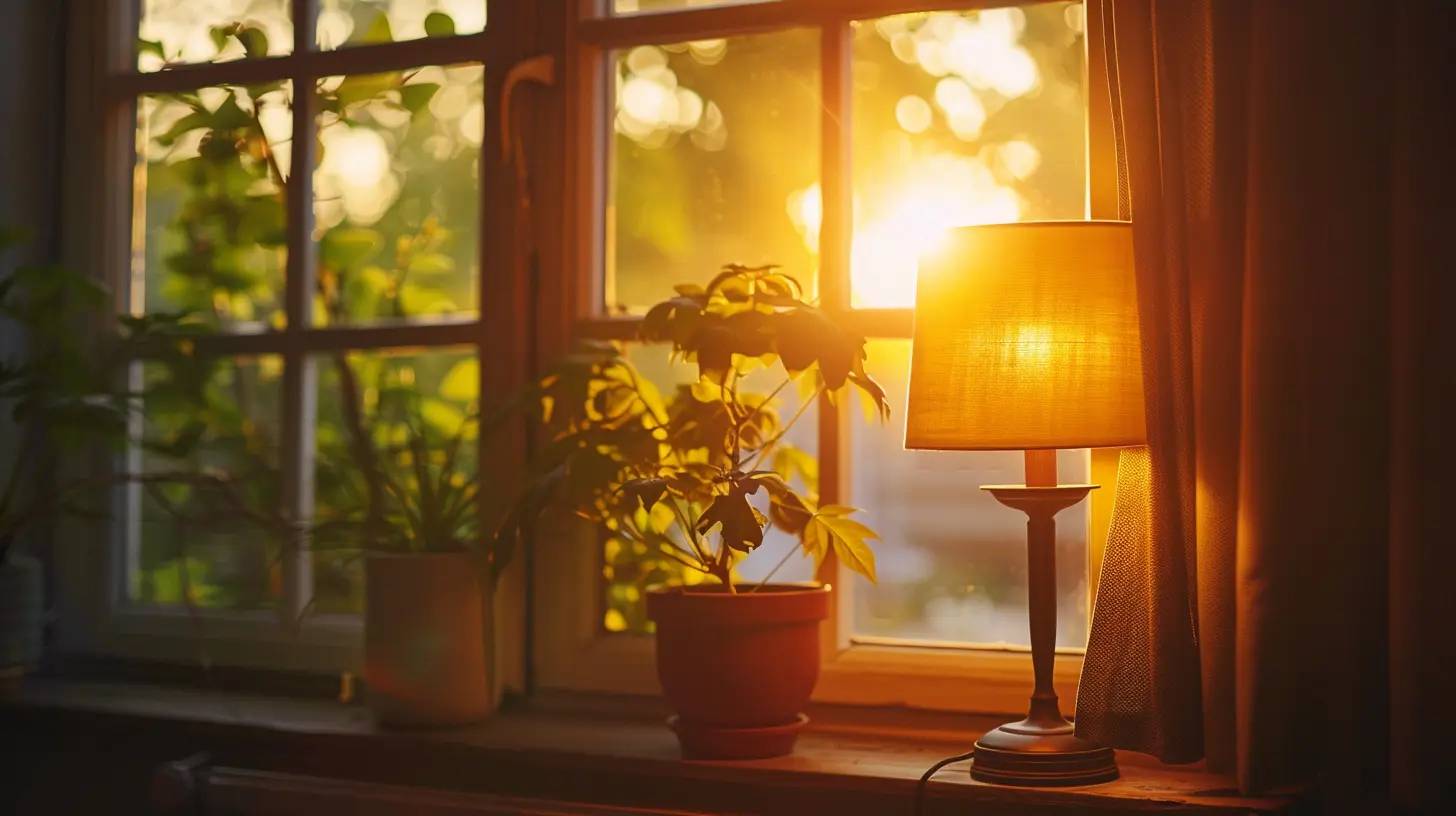
Indoor Lighting: It’s Not Just About Brightness
Most people don’t think twice about the overhead lights in their homes or office spaces. They’re just there to help you see, right? But here’s where it gets interesting.Indoor lights give off different kinds of electromagnetic radiation, just like the sun does. The spectrum may be different, but some artificial light sources contain traces of UV radiation, visible light, and even infrared (IR) light. And depending on the type of bulb, you might be exposing your skin to more than you think.
Let’s break down the common types of lighting:
1. Incandescent Bulbs
These old-school bulbs are on their way out, but many homes still use them. They emit very little UV light but plenty of infrared—the kind that heats things up. While IR isn't known to directly damage DNA, constant exposure can contribute to long-term effects like collagen breakdown and skin dryness.2. Fluorescent Bulbs
These are commonly found in schools, offices, and even garages. They produce more UV radiation than incandescent bulbs, especially older ones without proper filters. If you’re sitting under a buzzing fluorescent light all day, especially if you’re close to the source, you might be getting a small dose of UV radiation daily.3. Compact Fluorescent Lights (CFLs)
You know those curly bulbs that became super popular a decade ago? They’re better for energy savings—but some studies show CFLs can leak small amounts of UV radiation, especially if the outer coating is damaged or thin.4. LED Lights
These are the modern-day champions of lighting—efficient, long-lasting, and used in everything from lamps to phone screens. But here's the kicker: while LEDs don't typically emit UV radiation, they do emit high-energy visible (HEV) blue light.We’ll talk more about that blue light in a second.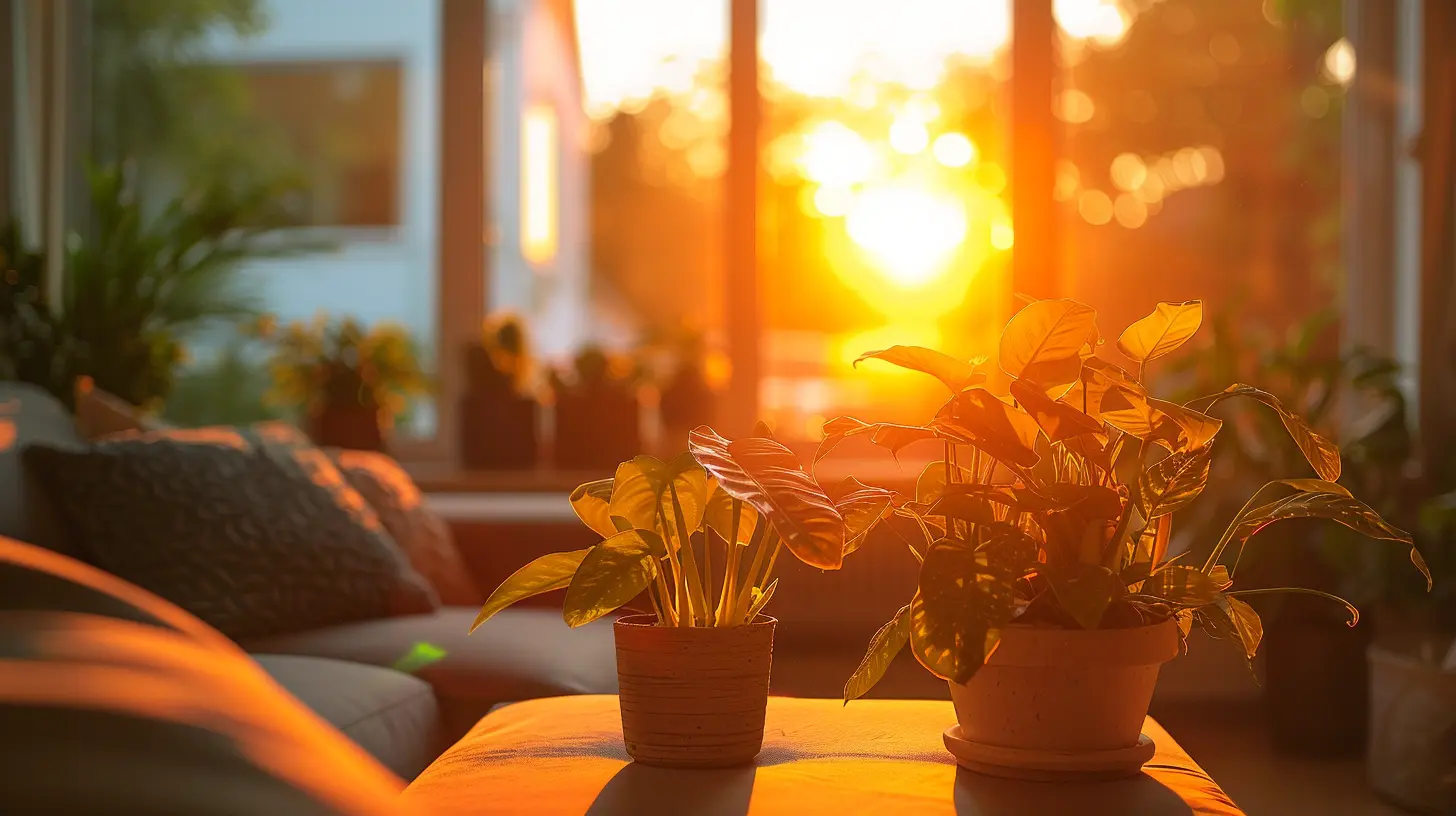
High-Energy Visible (HEV) Light: The Sneaky Skin Agitator
Now here’s where indoor lighting really starts to raise eyebrows.HEV light, aka blue light, is emitted by your smartphone, tablet, laptop, and LED bulbs. And while it doesn't burn your skin like UV rays, it may still cause trouble over time.
Recent studies suggest that too much HEV light exposure can lead to oxidative stress in the skin. Simply put, it triggers the production of free radicals—kind of like tiny wrecking balls that chip away at your skin cells.
Long-term, this can result in:
- Premature skin aging
- Dull complexion
- Uneven skin tone
- Hyperpigmentation (especially for darker skin tones)
Crazy, right? You may be aging your skin by binge-watching your favorite Netflix show with the brightness cranked up.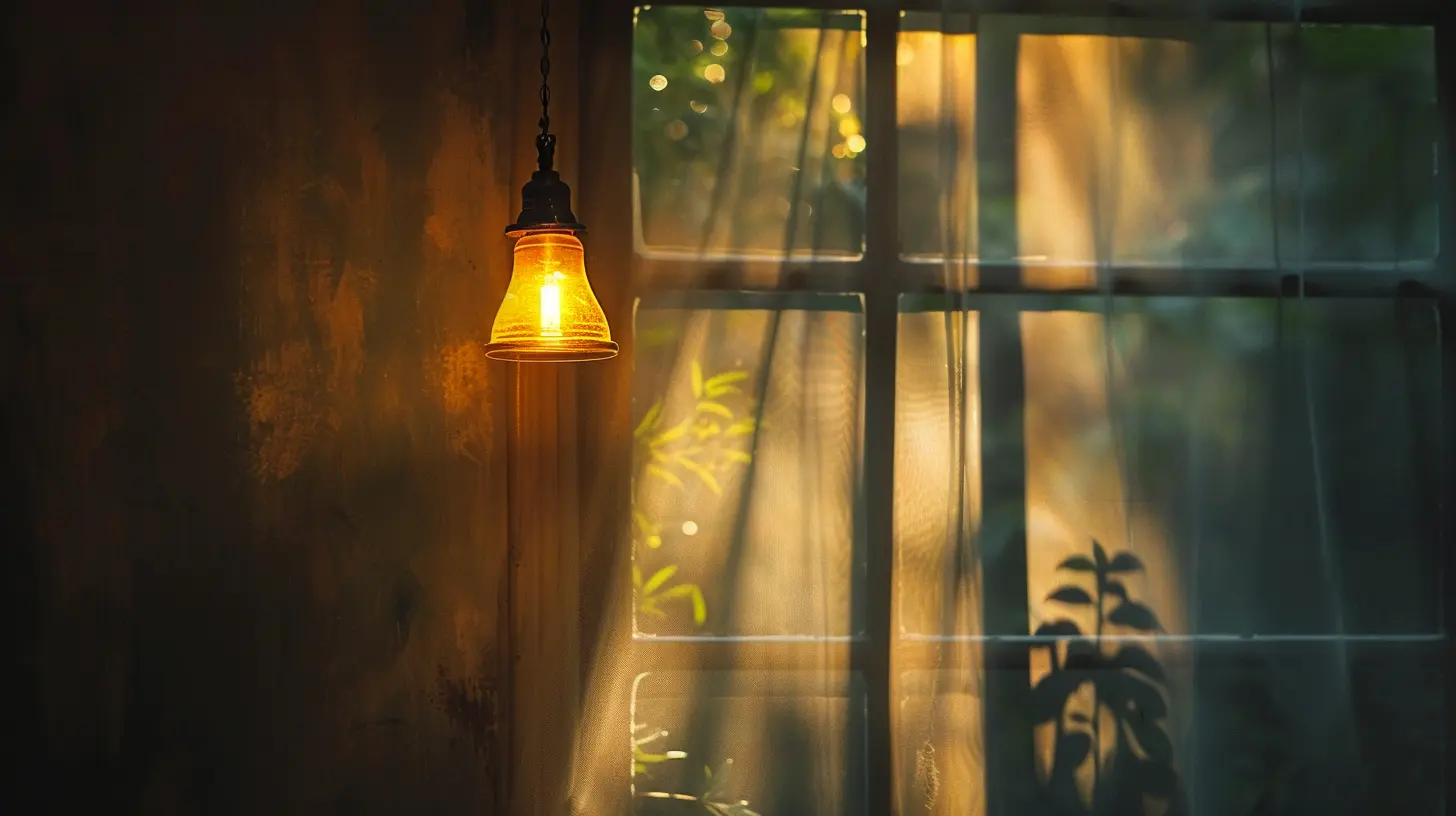
Working From Home? Your Skin Might Be Under Attack
Since remote work became the norm, we’ve all been glued to screens like never before. Between Zoom calls, emails, streaming, and endless scrolling, we’re bathing in blue light for hours on end—without even realizing it.If you’re someone who works near windows or uses ring lights for video calls, you might be doubling down on your exposure.
It’s like getting slow-baked under a UV and HEV spotlight while sipping your third cup of coffee.
Is Indoor Lighting Really as Harmful as the Sun?
Let’s clear the air—nothing beats the power of the sun when it comes to UV exposure. A ten-minute walk in the midday sun can expose you to more UV radiation than a week under indoor lighting.However, here’s the kicker: indoor lights aren’t completely innocent.
Think of sun damage like a punch from a heavyweight boxer: fast, hard, and obvious. Indoor lighting damage? It's more like a thousand tiny paper cuts—annoying, cumulative, and often overlooked.
The danger lies in prolonged, consistent exposure over months or years. It sneaks up on you like gray hairs or subtle fine lines. You don’t spot it overnight, but one day you'll look in the mirror and think, “Wait… when did THAT happen?”
Who Should Be Most Concerned?
Not everyone faces the same risk. Here's who might want to be extra cautious:- People with fair or sensitive skin: More likely to show signs of photoaging
- Those who work under bright lighting or in front of screens all day: Especially creatives, gamers, and remote workers
- Anyone using skin treatments like retinol or chemical peels: These increase skin sensitivity
- Patients with skin conditions (e.g., lupus or rosacea): UV and HEV can cause flare-ups
Even if you’re not in a high-risk group, protecting your skin is never a bad idea.
So, What Can You Do About It?
Now that we've freaked you out (sorry!), let’s talk solutions. The good news is that these lighting-related skin threats are manageable. You don’t need to start living in darkness or throw out your light bulbs.Here’s how to defend your skin without going off the grid:
1. Use Sunscreen Indoors
Yes, indoors. A broad-spectrum SPF of at least 30 can protect against both UVA and HEV light. Look for sunscreens with added blue light protection like zinc oxide or iron oxides.2. Install UV-Filtering Films on Windows
These films reduce the UV rays that sneak through your windows. Think of them as sunglasses for your house.3. Switch to LED Bulbs With Low Blue Light Emission
Some manufacturers make "warm light" LEDs with lower blue light output. Your eyes (and your skin) will thank you.4. Use Screen Protectors
Anti-blue light screen protectors for phones, tablets, and monitors can reduce your exposure while still letting you binge your favorite shows guilt-free.5. Wear Protective Skincare
Antioxidant-rich moisturizers and serums help fight free radicals generated by light exposure. Look for ingredients like Vitamin C, E, niacinamide, and green tea extract.The Truth Bomb: Indoor Skin Aging Is Real
Here’s the bottom line—yes, indoor lighting can contribute to skin damage, but it’s slow and sneaky. While it's nowhere near as severe as sun exposure at the beach, it still plays a role in the aging puzzle, especially with the rise of screen time and LED-heavy environments.Think of protecting your skin indoors like brushing your teeth. You don’t see the results immediately, but skip it long enough and problems start showing up.
Wrapping It Up
So, can indoor lighting mimic sun damage? In certain ways, yes. While it won’t leave you sunburned after a Zoom call, over time, the cumulative exposure to UV and HEV light indoors can wear down your skin’s youthful glow.Your best bet? A combination of good habits, smart lighting choices, and protective skincare. You don’t need to live in fear of your desk lamp, but it might be time to treat screen exposure with the same respect you give to a sunny day outside.
Your future self—and your skin—will seriously thank you.
all images in this post were generated using AI tools
Category:
Sun ProtectionAuthor:

Angelo McGillivray
Discussion
rate this article
1 comments
Selena Dorsey
Indoor lighting can contribute to skin damage; awareness is essential.
September 20, 2025 at 4:41 AM

Angelo McGillivray
Absolutely, indoor lighting can indeed contribute to skin damage. It's important to stay informed and take protective measures against potential harm.

